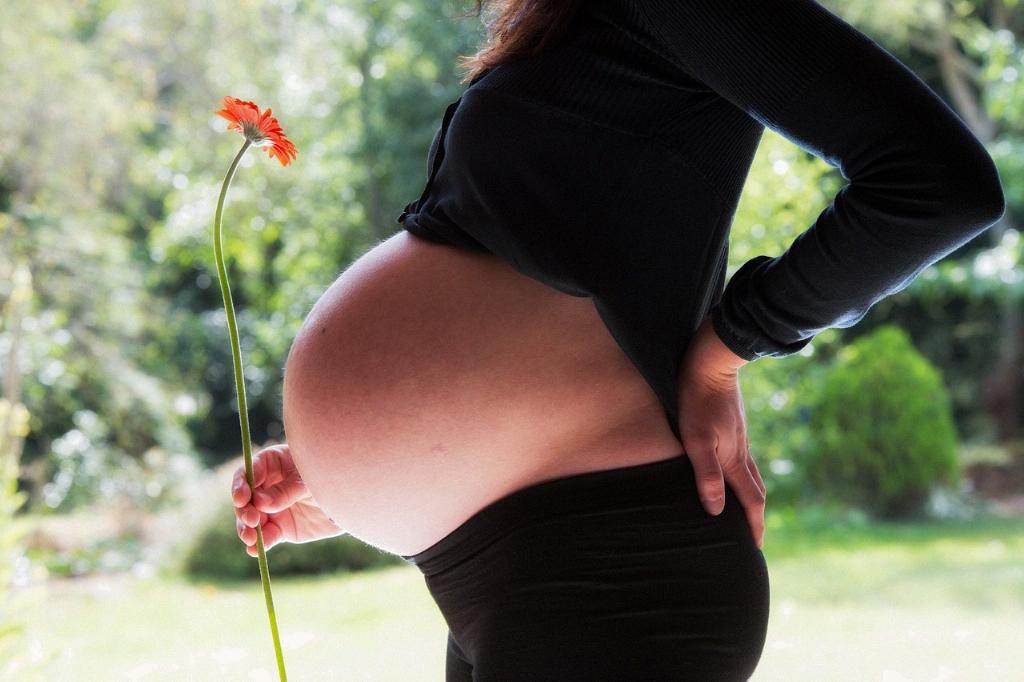When it comes to twin births, one type stands out as the most common: non-identical twins. These twins, also known as dizygotic twins, occur when two separate eggs are fertilized by two different sperm cells and then implant into the uterus.
Non-identical twins are essentially like any other siblings in terms of genetic relatedness. They share about 50% of their DNA, just like any two siblings born separately would. This genetic distinction sets them apart from their identical counterparts.
One of the primary factors contributing to the prevalence of non-identical twins is that they occur when a woman releases two eggs during ovulation, both of which are fertilized. This simultaneous release of multiple eggs increases the likelihood of non-identical twin pregnancies.
Furthermore, non-identical twins can be of the same gender or different genders. This versatility in terms of gender combinations adds to the diversity of non-identical twin births, making them an intriguing subject of study for researchers and families alike.
In contrast, identical twins, also known as monozygotic twins, arise from a single fertilized egg that splits into two embryos. This phenomenon is less common than non-identical twin births, making non-identical twins the predominant type of twin birth in most populations.
Researchers have noted that the rate of non-identical twin births varies across different populations and regions. Factors such as genetics, ethnicity, maternal age, and fertility treatments can influence the likelihood of non-identical twin pregnancies.
Studies have also shown that the incidence of non-identical twin births has been on the rise in recent years, attributed in part to advancements in fertility treatments and the trend of delaying childbirth until later in life. These factors contribute to the increasing occurrence of non-identical twin pregnancies.
Despite the higher prevalence of non-identical twins, each type of twin birth—non-identical and identical—holds its own unique appeal and mystique. Whether it’s the genetic similarities of identical twins or the individuality of non-identical twins, both types of twin births captivate families and researchers alike.
In conclusion, when considering which type of twin births are most common, the answer is clear: non-identical twins take the lead in terms of prevalence. Their distinctive genetic makeup, varied gender combinations, and increasing incidence in today’s society make them a fascinating subject of study and observation.

